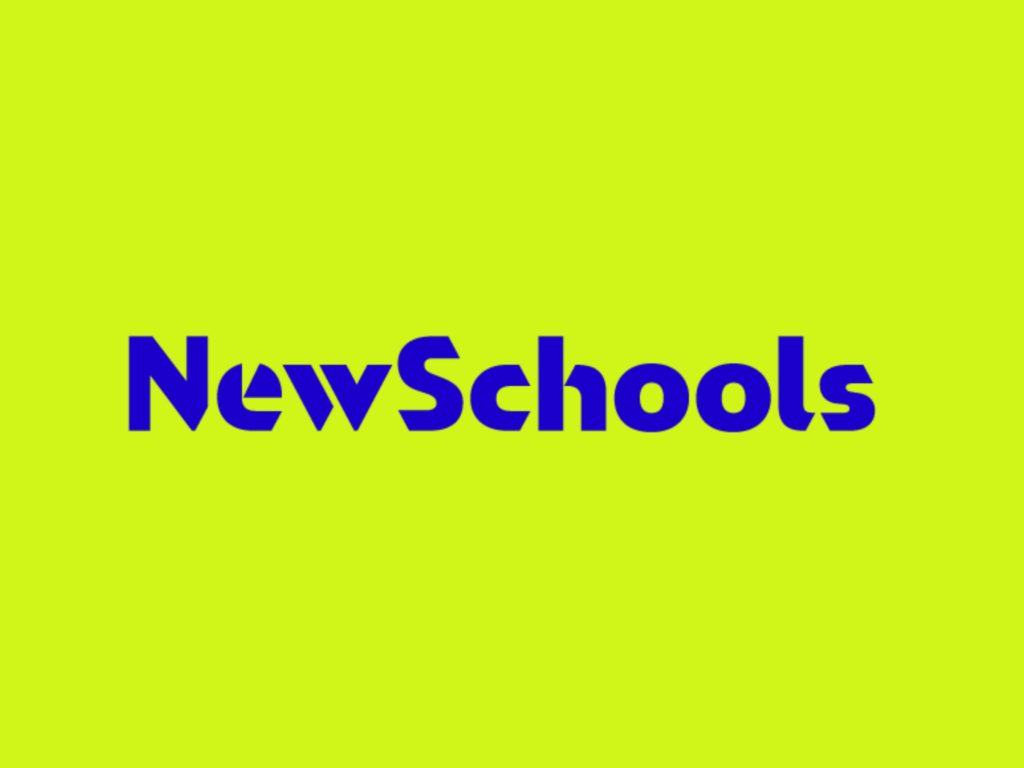I’ve been enjoying the thoughtful pieces on the increased excitement about education technology from Frank Catalano in GeekWire, Betsy Corcoran in All Things D and Audrey Watters in Hack Education. From our vantage point at NewSchools, the excitement is palpable. Our education technology pipeline has increased 5x from last year and at least 10x from 2010. Educators in our portfolio schools are energized by the new teacher tools, blended learning supports and digital curriculum.
Yet, one might think that with all this talk of an edtech bubble, our classrooms would be wired, personalized, connected to the outside world and generally function as depicted in this video.
Maybe this is true (or close to it) in some places, but not for the vast majority of our nation’s public schools.
Here are just a few anecdotes from my school interactions in the past few months:
- I was in a NYC public school a couple of weeks ago hailed as a technology leader in the district, and was surprised to see the office administrators working in a DOS environment. DOS is about 31 years old.
- In that same school, the students were initially unable to log on to the website NoRedInk because of the dated district internet blocker. The principal had to take time out of his busy day to call the district office to manually unblock the grammar site (obviously no Securly here!).
- While on a diligence call, I learned that a large, comprehensive high school district in southern California hires 4 full-time employees who spend their days calling absent students. They justified the $200,000 cost on the basis that attendance is so critical to their school’s funding.
- In California, high school guidance counselors carry an average caseload of 1000 students (recommended is 250). For many students, especially first generation college-going students, the high school guidance counselor is their only source of college knowledge and yet they receive, on average, less then 44 minutes per year with these counselors (they could surely benefit from using Mytonomy).
I could share many more stories but suffice to say, I’m thrilled to see so many smart, passionate entrepreneurs developing tools and solutions on behalf of our educators and students.
They deserve it.
PS – we’ve compiled a list of companies who have received K-12 funding in 2012. We’re certain it’s not complete, so please email David Havens with any edits: dhavens@newschools.org



